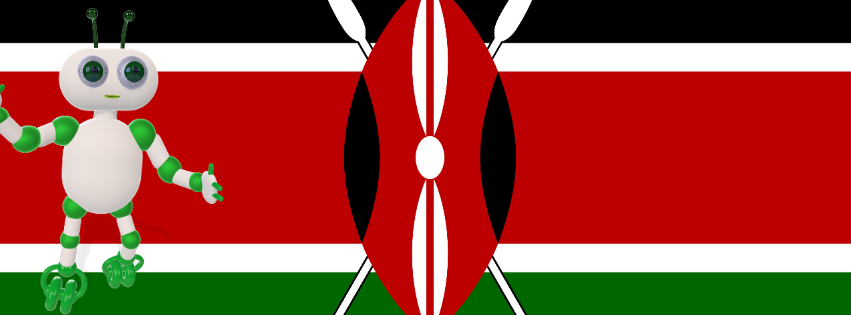Kenya has embarked on several forward-thinking initiatives to harness the power of AI and digital technologies in the public sector. Significant efforts taken by Kenya can be seen in various projects, starting from 2017, to integrate AI into public services, aiming to promote inclusive growth, sustainable development, and robust security. The initiative targets higher education institutes, SMEs, young firms, incubators, and private investors, although exact budget details remain unspecified. Complementing this, the Ministry of Information and Communications established a Blockchain and AI Task Force in 2018 to advise on leveraging these technologies over the next five years. Led by Dr. Bitange Ndemo, the task force published a report in 2019 detailing the need for a supportive ecosystem and effective regulations to balance innovation and citizen protection.
Additionally, the Ministry of Information, Communications, and Technology launched the “Emerging Digital Technologies for Kenya” initiative in 2019 to explore how blockchain and AI can address national challenges across various sectors, including agriculture, health, and transport. This initiative emphasizes the importance of investing in AI R&D, fostering a digital ecosystem, and ensuring transparency and accountability. Building on these efforts, Kenya’s Digital Economy Blueprint, also introduced in 2019, outlines a comprehensive framework for advancing the digital economy through five pillars: Digital Government, Digital Business, Infrastructure, Innovation-Driven Entrepreneurship, and Digital Skills and Values. It aims to foster inclusive growth and sustainable development while identifying opportunities for intervention and growth within the digital economy.
In 2020, the Ministry further advanced these objectives with Kenya’s Digital Economy Strategy, focusing on six pillars and several cross-cutting themes to drive the digital economy and support the Vision 2030 plan. The strategy prioritizes initiatives that stimulate job creation, bridge the digital divide, and harness the socioeconomic benefits of the 4th Industrial Revolution. Direct beneficiaries include educational institutions, research labs, SMEs, young firms, and underrepresented groups, highlighting the comprehensive and inclusive nature of Kenya’s digital transformation efforts.

